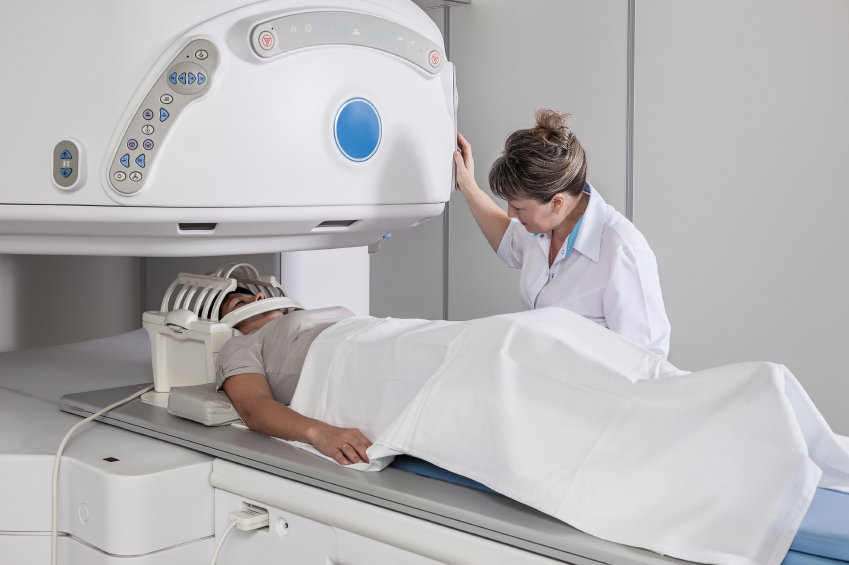Springs in the Healthcare Industry
Springs are vitally important in a variety of different industries, even though you may not initially know it. No matter how big or small, pretty much every industry will rely on some form of spring in order to be successful in what they want to do.
As there are so many industries to cover, we’ve decided that it would be interesting to take a closer look at some of them, and find out where our springs can fit in! First up is the healthcare industry – one of the lesser-known industries where our springs are integral.
Overview of the Industry
Health is something that we all have in common and, chances are, we’ve all come into contact with something like a compression spring while at the doctor’s office or the hospital without really thinking about it. The medical industry spans a wide range of subjects; from pharmaceutical to the inner workings of surgical tools and each sector within the industry can benefit from the use of springs.
The healthcare industry is made up of sectors which cover the following areas:
- Preventative medicine
- Curative medicine
- Palliative care
- Medical products.
Interdisciplinary teams work together to ensure the health needs of the population are met and those who become sick are tended to in the most appropriate manner.
Springs in the Industry
Due to the nature of the industry, it’s essential that only the highest quality materials and products are used to ensure that the safety and health of those who the item will be coming into contact with.
Items such as MRI and X-ray machines are made up of a variety of moving parts, many of which would not be able to function smoothly or effectively without springs. Even small items such as medical staplers require the use of springs, much like a standard stapler does.
Even lifesaving treatments can rely on the use of springs. One that immediately comes to mind is artificial pacemakers, which rely on springs to keep the electrical circuits which are attached to the heart in place. Should these circuits dislodge, the pacemaker would not be able to function correctly, putting the life of the patient at risk.
Some types of forceps also require the use of springs in order to provide a good grip; biopsy forceps are one of the main examples of this, as they need to be able to grip tissue effectively, but not lock in place like other types of forceps. Due to the delicate nature of the biopsy procedure, it is essential that the surgeon has control over the grip, not the forceps.
Even some medicine administration systems utilise springs; a simple metered-dose inhaler uses a spring to allow the dose to be administered when the canister is pushed down.
These are just some of the examples of where springs make the jobs of those in the healthcare industry much easier, but there are plenty more, including in the beds that patients stay on while in hospital, to other drug delivery systems.
If you’re in the medical sector and would like to find out more about how our springs can help you in your day-to-day workings, please don’t hesitate to get in touch with us here at European Springs Ireland – we’ll be more than happy to help you find the right spring, pressing or wire form for your needs.
[button url=”/contact-us/” class=”scbutton”]Enquire Now[/button]


